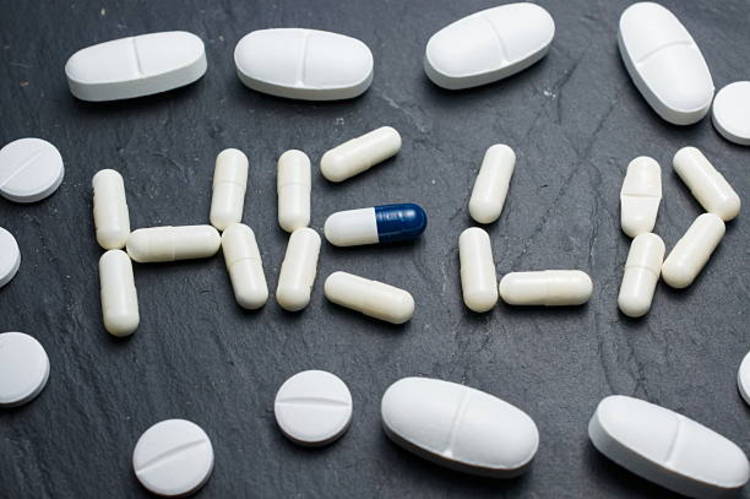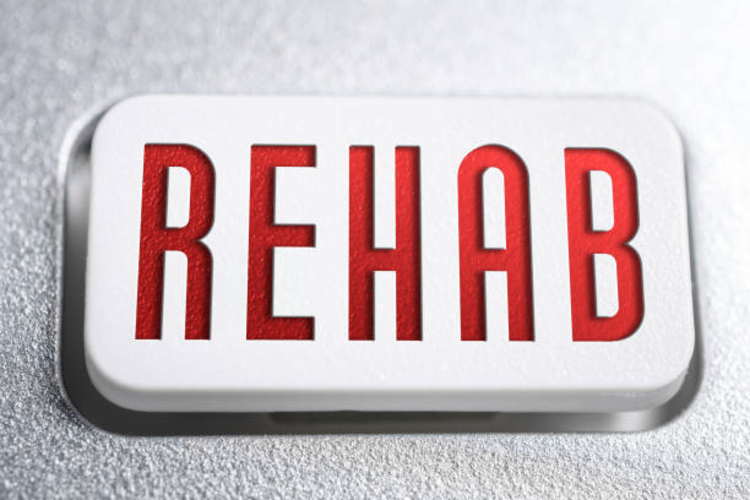 It is easy to fall into addiction, but it one would need to crawl out of hell to get out of it. Drug addiction is one of the most destructive kinds of addiction in the world, affecting millions of lives worldwide. According to the National Survey on Drug Use and Health (NSDUH), over 7 million Americans suffered drug use disorder in 2014. Huge amounts of these people also suffer from alcohol addiction. In addition, one in every 12 drug addiction victims is teens from 12 to 17 years old. Those who are addicted to drugs in the earlier time of their lives will likely get addicted again later on. The only cure for drug addiction available right now is drug rehabilitation.
It is easy to fall into addiction, but it one would need to crawl out of hell to get out of it. Drug addiction is one of the most destructive kinds of addiction in the world, affecting millions of lives worldwide. According to the National Survey on Drug Use and Health (NSDUH), over 7 million Americans suffered drug use disorder in 2014. Huge amounts of these people also suffer from alcohol addiction. In addition, one in every 12 drug addiction victims is teens from 12 to 17 years old. Those who are addicted to drugs in the earlier time of their lives will likely get addicted again later on. The only cure for drug addiction available right now is drug rehabilitation.
Drug rehabilitation is a psycho-therapeutic treatment that is aimed for individuals who developed a dependency on substances such as prescription drugs, street drugs, alcohol, heroin, cocaine, and others. These rehabilitation work by encouraging addiction victims to confront their substance dependence and help their bodies adjust to the withdrawal symptoms. These rehabilitation involve medications for depression and other mental disorders associated with addiction. Counseling is also a part of the recovery process and patients are encouraged to talk about their experience with other addiction patients.
There are two types of drug rehabilitation: the inpatient program and the outpatient program. These programs are only beneficial to cases designed for them and involve very different experiences. The difference between the two programs will be discussed in this article.
Inpatient Rehabilitation Program
The inpatient rehabilitation program is the one you’ll likely see in the TV shows nowadays. In this rehab program, the patient will stay in a controlled facility and he will be monitored in 24/7. This is also for patients who have a severe case of addiction and a more destructive case of withdrawal symptoms. Intensive inpatient treatment includes sessions with other patients.
The advantages of inpatient rehab treatment are its higher success rate, shorter rehabilitation time, and are designed for serious cases of addiction. Inpatient rehab has a higher success rate than the outpatient rehab treatment and it will be done in a shorter amount of time. There is also no distraction that will tempt the patient to try substances once again, which constitutes to its high success rate.
The disadvantages of this program are that it is more expensive than the outpatient rehab treatment. The patient will also need to leave his or her life behind for the duration of the whole treatment. Work, school, and other aspects of life needed to be halted for a while.

Outpatient Rehabilitation Program
Outpatient rehab treatment is a program that lets the patient stay at home but will allow them to undergo treatments during the day by consulting the medical facility. Patients will maintain a normal life because of his or her treatment will only be regarded as another appointment to be done during the day. This is only recommended for patients with mild addiction.
The advantages of this program are that it is cheaper than its inpatient counterpart is and enables access to support and interaction with the patient’s loved ones. This treatment can only cost the user ten hours per week. Another benefit is that this program can be used with people that have a mild addiction. Inpatient rehab programs would be too much for people with mild addiction only.
However, outpatient rehab treatments have a lower success rate. The gap between the outpatient and inpatient rehab treatment success rate is huge. Outpatient rehab treatment also lasts longer than its inpatient counterpart does. A program can last the patient minimum of three months to a whole year. The patient can also encounter distractions that can tempt him or her to go back to substance abuse.
Overall, these two programs are helpful in different kind of addiction victims. The proper implementation of programs to the proper patient should be followed for a higher success rate. The good news is these two programs complement each other perfectly. After a patient graduated in his or her inpatient rehab treatment program, he or she can still choose to take an outpatient rehab treatment program for a full recovery. After these treatments, the patient can still choose to have regular check-ups. Combating addiction is hard, but there are ways to go back on track and become a new version of yourself.

